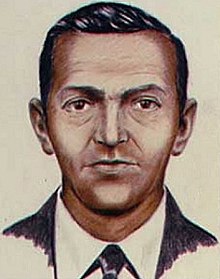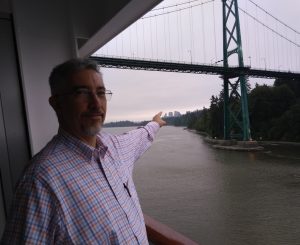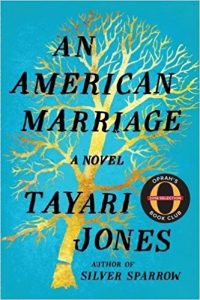You’ve decided to become a best-selling author, and you’re wondering when the millions of dollars will start flowing into your account. Will it be all at once, before you’ve written Chapter One, or a few million at a time over the weeks that follow? It’s important because you’re itching to buy that limo and mansion right now.

If I were you, I’d hold off on purchasing the car and house, at least until you’re done reading this blog post. Let’s discuss the methods by which publishers pay authors.
Flat Fee
As Chuck Sambuchino discusses, this is when the publisher pays a fee to the author up front. It’s more common with short stories than with novels. The author gets that amount regardless of how well or poorly the book sells. It’s the simplest payment method, but it entails some risk for the publisher. If an anthology publisher pays a flat fee for each story and the book doesn’t sell enough copies to cover those fees, the publisher loses money.
Royalties
These are the opposite of the flat fee method; the publisher pays royalties based on how well the book sells. The contract will specify a royalty in terms of a percentage of each book’s price. These payments arrive periodically, often quarterly or semiannually.
You might be wondering about that term ‘royalties.’ According to Jean Murray, it dates from the Middle Ages when the King owned all land in his realm. If you wanted to mine for gold or silver, you had to pay the King for the right to dig these precious metals from his royal ground. They started calling that payment a ‘royalty’—a payment made to the gold’s true owner for the right to mine it. In essence, it’s the same thing today. You’re the king; the story is your gold; and the publisher is paying you a royalty for the right to ‘mine’ it.
Amazon Kindle Royalties
In 2015, Amazon introduced an interesting royalty calculation method for their Kindle Unlimited subscription service. Rather than making royalty payments on a percentage of book sales, they base payments on how many pages the purchasers read. Although controversial at first, there’s been some run time on this now and I think authors are getting used to it. It incentivizes authors to write books readers will read to the end.
Advance
This is short for ‘advance against royalties.’ The publisher ‘advances’ you a fixed amount up front, before the book starts selling. According to Morris Rosenthal, the purpose of the advance is to support you (the author) financially until your books starts selling. It’s not a flat fee, though; it comes out of royalties you haven’t earned yet.
Let’s say your contract specifies royalties of 15% on a book selling for $10. That means you’ll get $1.50 for each book sold. If the publisher gives you a $1500 advance, then for the first 1000 copies sold, you’ll get no royalties since the publisher advanced you that money already. Starting with the 1001st copy, you’ll start earning royalties.
As discussed by Valerie Peterson in this post, when the publisher sells that 1000th copy of the book (in my example), it is said to have “earned out.” That’s a happy time for both you and the publisher. Up until then, the publisher took a risk of having paid you an excessive advance. After that point, you’ll start earning royalties on every book sold.
A post by Tom Chmielewski mentions how some publishers have started paying the advance in installments. They might pay one-third when you sign the contract, one-third when they accept the book, and one-third when they publish the book. Or they might pay half at signing and half at acceptance.
I congratulate you on your decision to become a best-selling author, but I still suggest you put off those stretch limo and island mansion plans, at least until the first payment lands in your account. Disclaimer: I’m not a financial advisor; I’m just—
Poseidon’s Scribe


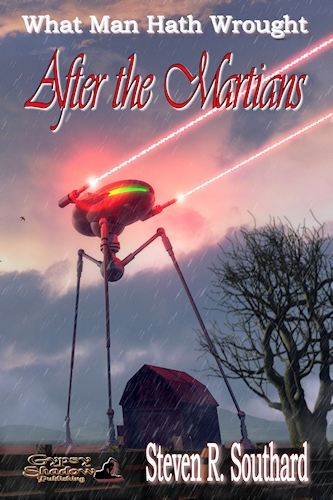
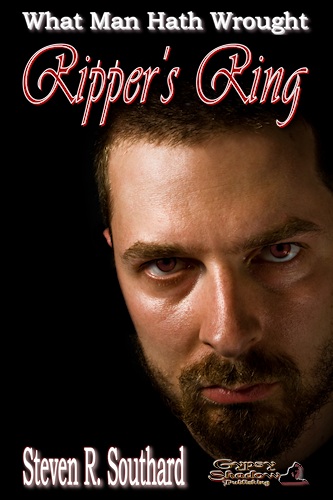
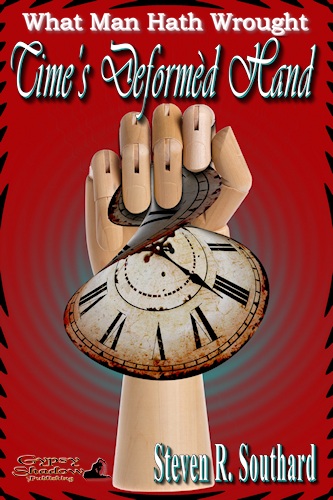
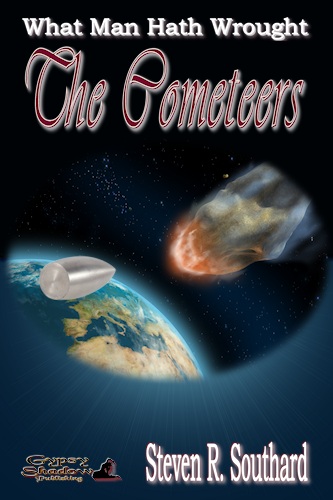
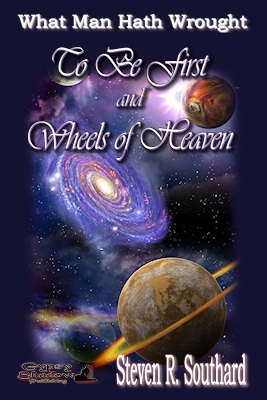
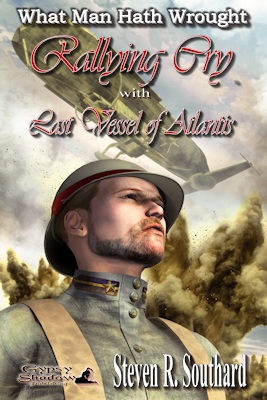
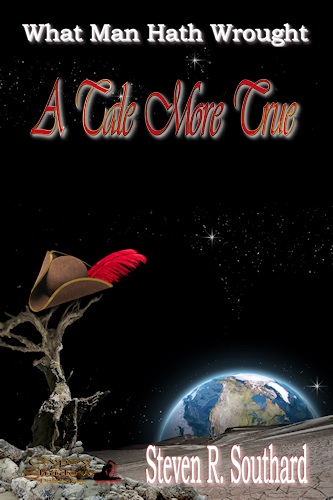
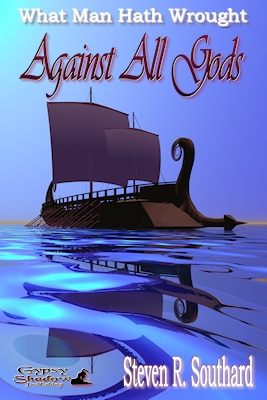
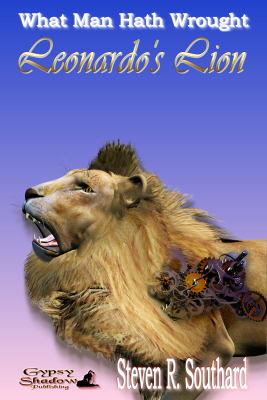
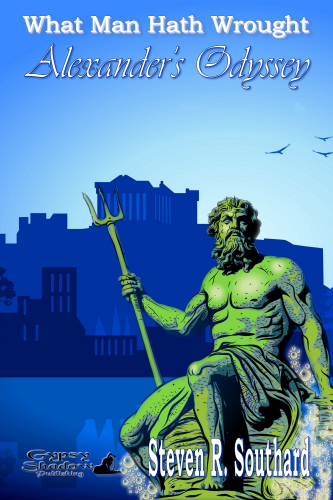
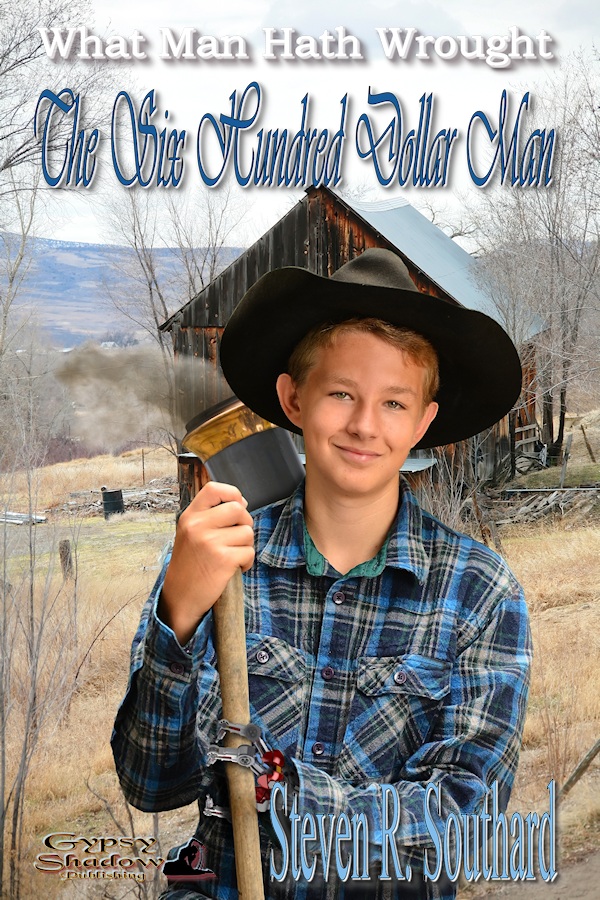
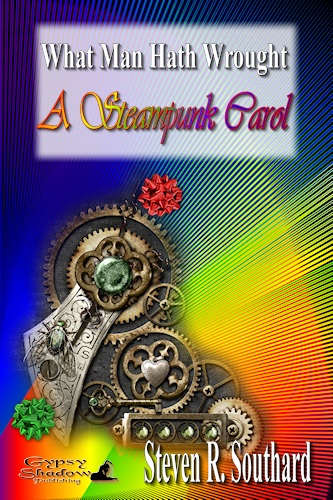
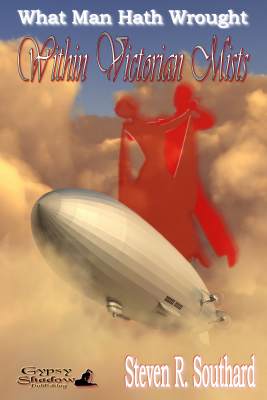
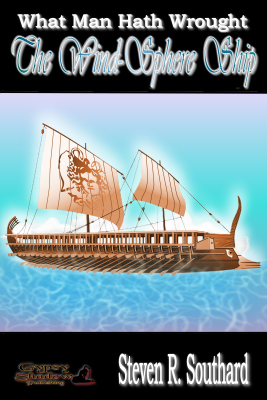
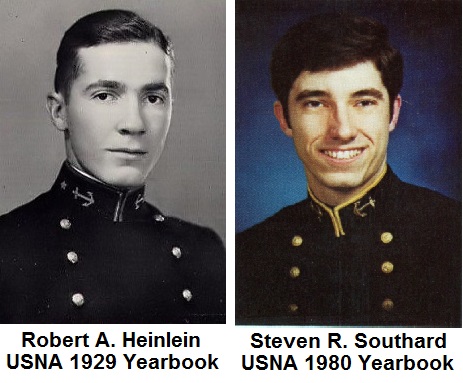
 At one extreme, 1/E could be very small. In this case, you might spend twenty years polishing a novel, editing and re-editing draft after draft. Your final product might be very good and might become a classic, but you couldn’t repeat your success too many times.
At one extreme, 1/E could be very small. In this case, you might spend twenty years polishing a novel, editing and re-editing draft after draft. Your final product might be very good and might become a classic, but you couldn’t repeat your success too many times.
 The third case (now termed Cockygate) has created pandemonium in the romance novel industry and is all over social media. After obtaining her trademark, Ms. Hopkins sent cease-and-desist letters to numerous other romance authors who’d used the word ‘cocky’ in their romance novel titles. Initially, Amazon removed those authors’ works from its site, but has since restored them, pending legal resolution. One romance author and retired lawyer filed an appeal with the U.S. Patent and Trademark Office, challenging the issuance of the trademark. Another author has published an anthology called
The third case (now termed Cockygate) has created pandemonium in the romance novel industry and is all over social media. After obtaining her trademark, Ms. Hopkins sent cease-and-desist letters to numerous other romance authors who’d used the word ‘cocky’ in their romance novel titles. Initially, Amazon removed those authors’ works from its site, but has since restored them, pending legal resolution. One romance author and retired lawyer filed an appeal with the U.S. Patent and Trademark Office, challenging the issuance of the trademark. Another author has published an anthology called 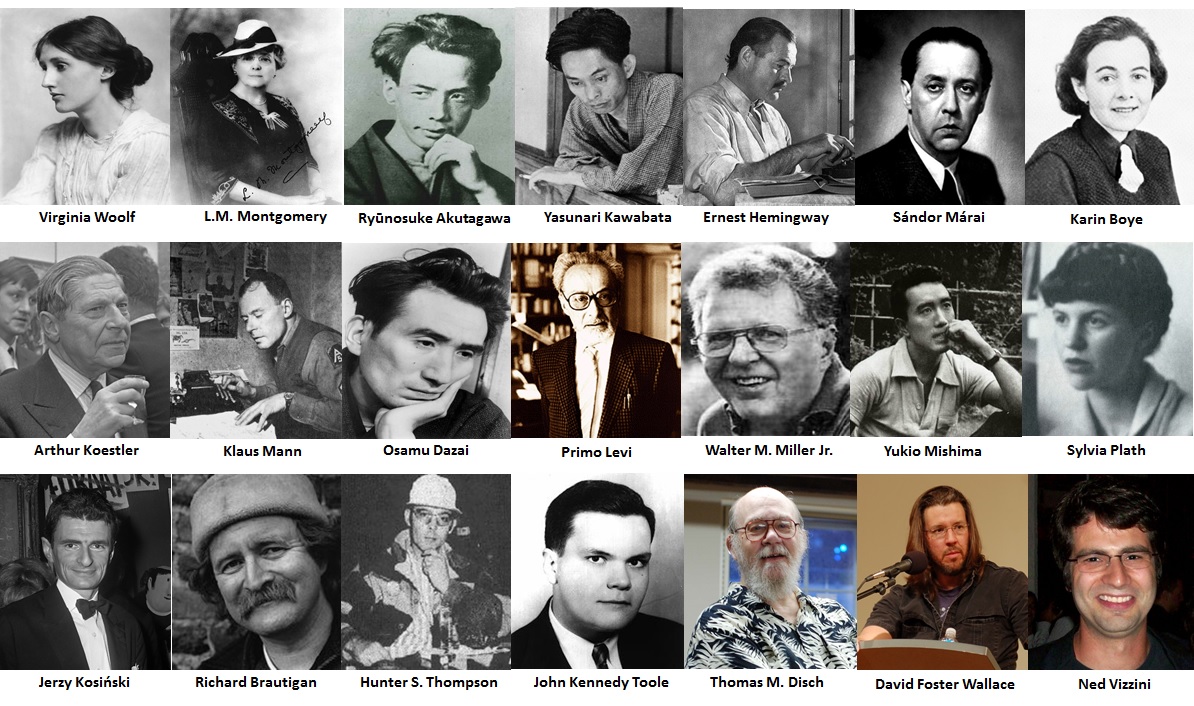

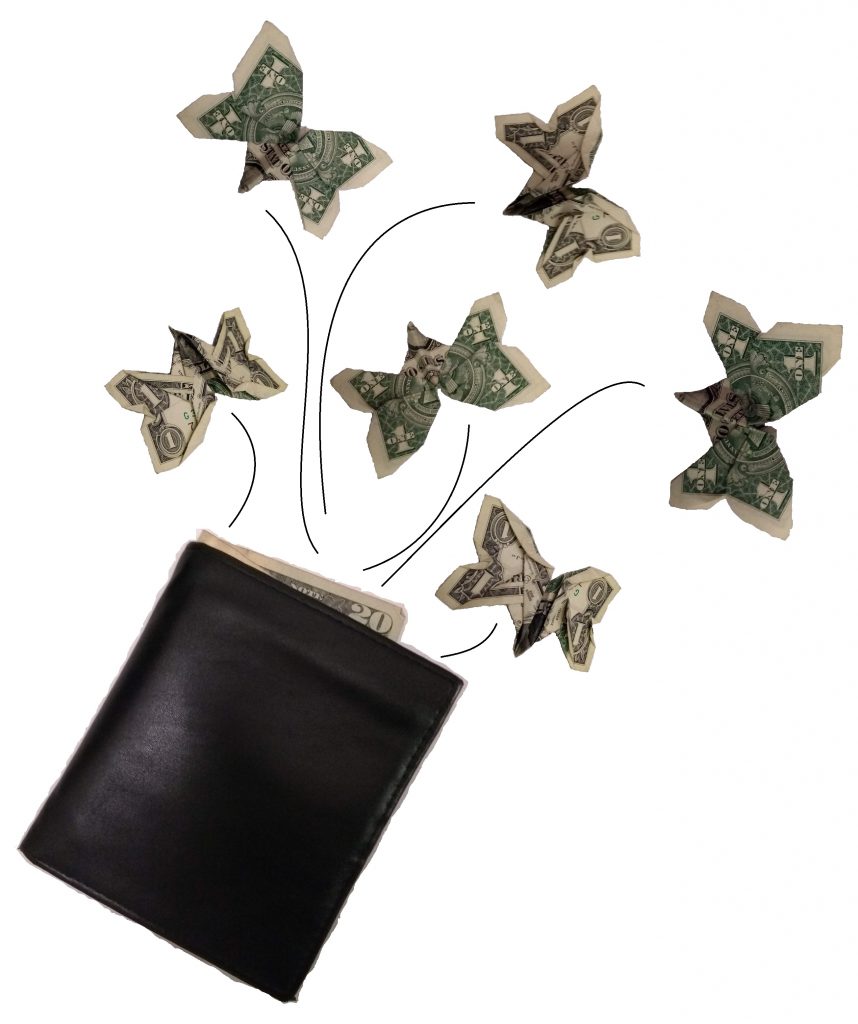 According to a
According to a 
